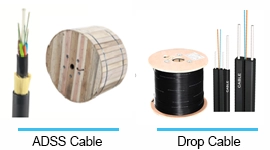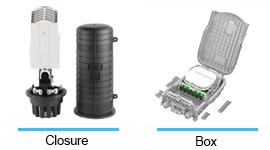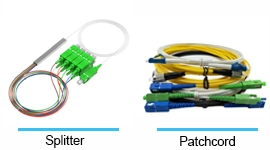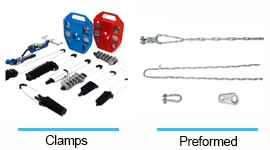Fiber Optic Cable Clamp



Fiber Hardware
Fiber Optic Cable Hardware Tension Clamp, Suspension Clamp, Bracket
The fiber cable fittings or hardwares and accessories that support the cables and facilitate a proper and secure installation. These fittings are critical for proper cable management and protection, ensuring the fiber optic network delivers the best performance.
We do things differently


Diverse Product Range
Includes tension clamps, suspension clamps, J-hooks, drop wire clamps, CT8 brackets and more

High Load Capacity
Engineered to withstand heavy loads and stress

Corrosion Protection
Anti-rust materials for long-term outdoor use

Customizable Sizes
Available in various dimensions for different cable types

Strong Grip Design
Ensures stable and secure cable holding

Wide Application
Suitable for aerial, duct, and underground deployments.

Standard Compliance
Meets international standards for safety and performance

Free Samples Available
Provided for product evaluation and testing
Fiber Optic Cable Clamp Supplier
Looking for Fiber Optic Cable Clamp for your Project?
Products Shows
What we supply

Fiber Optic Cable Tension Clamp & Fiber Optic Cable Suspension Clamp



















More be coming
Bracket of Fiber Hardware













More be coming
Others of Fiber Hardware





















More be coming
Tools of Fiber Hardware

















More be coming
You Ask
We Answer
Need help?
FAQs
Does the product come with all necessary mounting accessories?
Yes, the mounteing accessories are include in the package, but have to mentioned whicy type mounting way you need.
What are the types of FOSC Joint Closures available?
There are Dome Closures (vertical type) and Inline Closures (horizontal type) available.
What is the difference between Dome Closure and Inline Closure?
Dome Closure is a vertical enclosure, ideal for aerial and pole applications, while Inline Closure is horizontal, suitable for underground or duct installations.
How many splice trays can a FOSC Joint Closure accommodate?
A FOSC Joint Closure can typically accommodate 2 to 12 splice trays, depending on the model.
What is the capacity of each splice tray in the OFC Joint Enclosure?
Each splice tray can hold up to 24 fibers, depending on the specific model.
Can a Dome Closure be used for underground applications?
Yes, a Dome Closure can be used for both aerial and underground applications.
How is cable entry handled in an Inline Closure?
- Inline Closures have multiple cable entry ports, typically 4-8, to allow for branching or mid-span access.
What precautions should I take during cable splicing?
Always use a clean environment, ensure precise alignment, and avoid contamination to maintain low insertion loss.
What materials are used for the FOSC Joint Closure?
The closure is made of high-quality, UV-resistant plastic that provides durability in outdoor environments. such PC+ABS, PC/ABS/PP
Can multiple cables enter the same port?
Yes, some models allow multiple small cables to share a single port using branch gaskets.
What is the expected lifespan of the FOSC Joint Closure?
The closure has an expected lifespan of 20+ years with proper installation.
Can the closure handle both armored and non-armored cables?
Yes, it is compatible with both types of cables.
What tools are needed for installation?
Basic tools include a splicing machine, fiber cleaver, and fiber protection accessories.
What is the maximum fiber capacity of this closure?
It can handle up to 576 fibers, depending on the splice tray configuration.
What type of sealing method is used in Dome Closures?
Dome Closures use a mechanical or heat shrink sealing method to ensure a watertight seal.
Are splice trays included with the FOSC Joint Closure?
Yes, splice trays are included and can be added or removed based on the required capacity.
Can the OFC Joint Enclosure be re-opened for maintenance?
Yes, it is designed to be re-enterable for maintenance and future expansion without compromising its sealing performance.
How many cables can be connected to a typical Inline Closure?
It can connect up to 4-8 cables, depending on the number of entry ports and configuration.
Is the FOSC Joint Closure resistant to temperature changes?
Yes, it is designed to withstand a wide range of temperatures, from -40°C to +65°C.
What are the typical applications for Dome and Inline Closures?
Dome Closures are used in aerial and manhole installations, while Inline Closures are ideal for direct burial or duct applications.
Is grounding required for the OFC Joint Enclosure?
Yes, grounding is required, especially for installations where metallic components are present.
Related Products
Your ODN network product assistant





